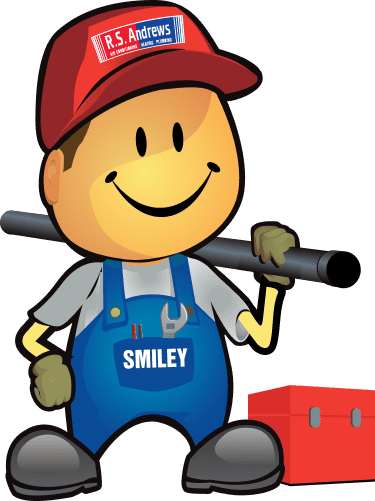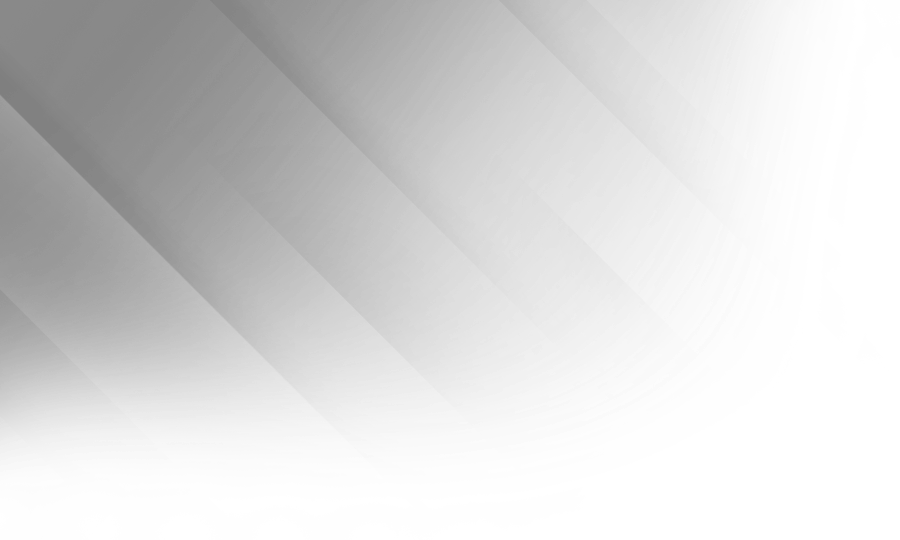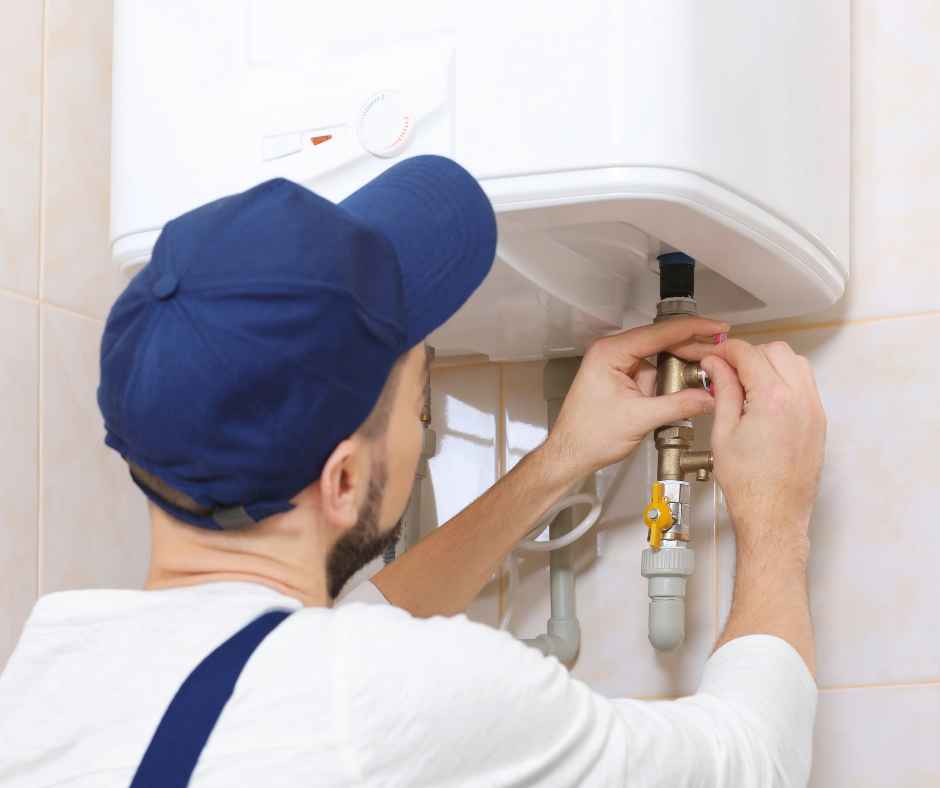Serving Greater Atlanta & Savannah/Hilton Head
How Cooling Towers Work in Commercial Buildings
<_>
By 2028, the market for cooling towers is expected to reach $5.03 billion. That’s a whole lot of cooling towers!
But what are cooling towers? How do they work? Why do we need them? There’s no doubt that you’ve asked yourself these questions if you’ve ever driven past these massive, concrete, upside-down, funnel-like structures or the big boxes with fans on top of other buildings!
Cooling towers are recirculating water systems that remove heat from industrial processes and building air conditioning equipment. But there’s much more to it than that!
Keep reading to find out how cooling towers work to meet the cooling needs of commercial buildings.
Why Would You Need Cooling Towers?
A water cooling tower is a large heat exchanger that expels building heat back out into the atmosphere while returning cooled water to the chiller. A chiller then sends warm water to a water cooling tower.
Because it absorbs heat in the chiller’s condenser, this warm water is referred to as condenser water. The chiller is usually located on a lower level, such as in the basement. The cooling tower’s job is to cool the water down so that it can return to the chiller and absorb more heat.
So What Is it For?
Commercial cooling towers are used for comfort cooling in large commercial buildings such as airports, schools, hospitals, and hotels.
Refrigeration systems, for one, require the use of an industrial cooling tower, which can be found in industries such as chemical processing, power plants, steel mills, and many other manufacturing companies.
How Do Cooling Towers Work?
In the context of a cooling tower on top of a typical office building: an electric centrifugal pump moves “condenser water” from the basement chiller to a rooftop unit known as the “cooling tower.” In order to cool the condenser water, the cooling tower rejects the heat into the air. People, computers, sunlight, lighting, and other sources of unwelcome heat are all part of the source of the heat it rejects. The chiller’s compressor generates heat, which it must reject.
The cooling tower receives condenser water that has been pumped from the chiller’s condenser at a temperature of about 89.6 degrees Fahrenheit. The condenser water that exits the cooling tower and returns to the chiller condenser must be at least 80.6°F in order to be able to pick up enough heat for the next cycle.
Classes Of Cooling Systems
Now, cooling systems don’t have a one-size-fits-all approach, any cooling tower can’t just be placed onto any building. Really, a cooling tower system is almost custom-made for its purposes and its location.
The key to successfully having a cooling tower solution is proper installation and professional maintenance. You will want to be thorough in your search for the proper contractor, ask the right questions and go through the process properly before you decide on your supplier.
Luckily for you, you’ve already found a supplier who knows everything you need about cooling towers, now.
Heater on the fritz? Frustrated with plumbing problems? R.S. Andrews is just a call away!





